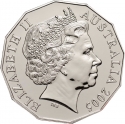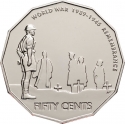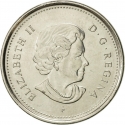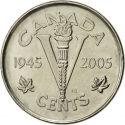You are about to finish your registration. Please check your mailbox (including spam folder). There should be a letter with a confirmation link. Check setting to make sure that your e-mail address is correct.
Send letter againDescription
Victory in Europe Day, generally known as V-E Day, VE Day or simply V Day, was the public holiday celebrated on 8 May 1945 to mark the formal acceptance by the Allies of World War II of Nazi Germany's unconditional surrender of its armed forces. It thus marked the end of World War II in Europe.
The term VE Day existed as early as September 1944, in anticipation of victory. On 30 April 1945, Adolf Hitler, the Nazi leader, committed suicide during the Battle of Berlin. Germany's surrender, therefore, was authorised by his successor, Reichspräsident Karl Dönitz. The administration headed by Dönitz was known as the Flensburg Government. The act of military surrender was signed on 7 May in Reims, France and on 8 May in Berlin, Germany.
The former Soviet Union and Eastern Bloc countries have historically celebrated the end of World War II on 9 May.
Obverse
_Pounds_2/2005_13.08.2019_18.39-60.jpg)
|
Fourth crowned portrait of HM Queen Elizabeth II facing right, wearing the Girls of Great Britain and Ireland tiara. ELIZABETH·II·DEI·GRA·REG·FID·DEF · |
|---|---|
Reverse
_Pounds_2/2005_13.08.2019_18.39_01-60.jpg)
|
The design depicts St Paul's Cathedral illuminated by searchlights and the value 'TWO POUNDS' above and the dates 1945-2005 below. TWO POUNDS |
| Edge |
The edge inscription is an excerpt taken from the famous ‘moral’ which prefaces Churchill’s history of the Second World War. IN VICTORY MAGNANIMITY IN PEACE GOODWILL |
2 Pounds
4th portrait
KM# 1056 Sp# K19
Characteristics
| Type | Commemorative Issue (Circulating) |
| Material | Bi-Metallic |
| Ring | Nickel Brass |
| Center | Cupronickel |
| Weight | 12 g |
| Diameter | 28.4 mm |
| Thickness | 2.5 mm |
| Shape |
|
| Alignment | Medal |
| Mint |
Royal Mint
|
_Pounds_2/2005_13.08.2019_18.39.jpg)
_Pounds_2/2005_13.08.2019_18.39_01.jpg)





